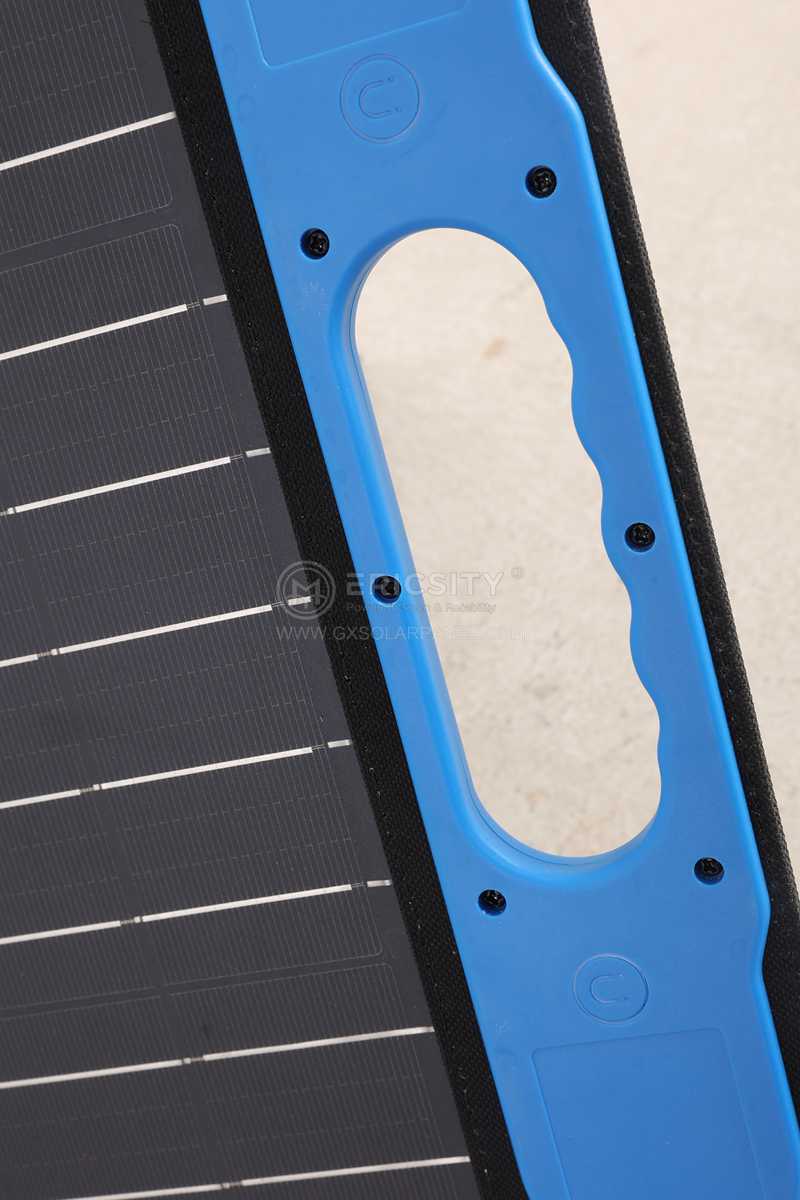HOT PRODUCT
Product Details
solar Energy Storage Solutions With Semi-flexible Panels
Title: Solar Energy Storage Solutions With Semi-flexible Panels
Introduction
In recent years, there has been a growing interest in harnessing solar energy as a sustainable and renewable source of power. Solar panels have emerged as an efficient means of converting sunlight into electricity. To further optimize the utilization of solar energy, storage solutions have become crucial. This article explores the concept of solar energy storage and highlights the benefits of utilizing semi-flexible panels in such systems.
Understanding Solar Energy Storage
Solar energy storage solutions involve the collection and storage of excess electricity generated by solar panels during peak production periods. These stored energy reserves can then be utilized during times of low sunlight or high electricity demand. By storing excess energy, solar systems can provide a reliable and continuous power supply, reducing dependence on other non-renewable sources.

The Role of Semi-flexible Panels

Semi-flexible solar panels offer a flexible and adaptable approach to energy storage. Unlike traditional rigid panels, semi-flexible panels are designed with lightweight and bendable materials, allowing for diverse applications. They can be easily integrated into various surfaces such as curved structures, vehicles, boats, backpacks, and many more.
Advantages of Semi-flexible Panels for Solar Energy Storage Solutions
1. Versatility: The flexibility of semi-flexible panels allows for seamless integration into a wide range of surfaces and objects, making them suitable for both urban and rural environments. This versatility provides countless opportunities to maximize solar energy generation and storage.
2. Efficiency: Semi-flexible panels are designed with innovative technologies that enhance energy conversion efficiency. These panels use advanced materials like thin-film photovoltaic cells, which are not only flexible but also have higher tolerance to shading and temperature variations. This enables them to generate a significant amount of energy even in suboptimal conditions.

3. Portability: One of the key advantages of using semi-flexible panels in solar energy storage solutions is their portability. These lightweight panels can be easily transported and installed in remote areas, making them excellent options for off-grid systems or emergency power backups. They can also be ideal for providing electricity in disaster-stricken areas where infrastructure may not be readily available.

4. Durability: Semi-flexible panels are designed to withstand various environmental conditions, including wind, rain, and snow. Their robust construction ensures durability and longevity, reducing maintenance requirements and increasing their lifespan.
5. Aesthetics: Semi-flexible panels offer a visually appealing alternative to traditional solar panels. Their flexible design enables them to seamlessly blend with different architectural structures and surfaces, making them an attractive choice for urban environments where aesthetics are important.
Conclusion
Solar energy storage solutions are crucial for overcoming the intermittent nature of solar power and ensuring a stable energy supply. Semi-flexible panels provide a versatile and efficient option for such systems. With their adaptability, light weight, portability, durability, and aesthetic appeal, semi-flexible panels offer numerous advantages in harnessing solar energy for storage purposes. As the demand for renewable energy increases, incorporating semi-flexible panels in solar energy storage systems can significantly contribute to a sustainable and greener future.




